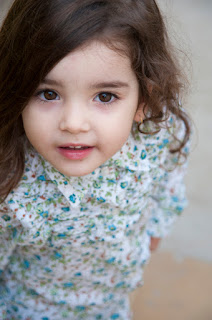One of the things I truly love about Argentina is their collection of oldies; the streets are still alive with the remnants of a time almost forgotten. I would not go as far as saying it is their love for the auto-mobiles of old, but rather that they still allow them to roam the streets until their eminent extinction.
I came across this little dirt road littered with steel skeletons, once possibly the shining pride to some owners, probably themselves not with us any more. As you would expect, many of these old fossils were already becoming one with the environment, each complimenting the other. maybe they don't have a owner polishing and waxing them any more, but they sure have a bit of nature love happening.
What a time it must have been, before cars were merely about speed and comfort, but rather crafted works of art. Vehicles made with pride and patience, rather than run down an assembly line made with a one generation lifespan.
Today you have a vehicle stuffed with "pillows" to keep you safe, because if the little tin-can rolled you would be nothing more than a canned pilchard. Yet these die hard oldies would most probably roll off a cliff, dust themselves off while giving a grunt as the engine restarts and drive off into the sunset...
I guess this would be my tribute to the generations of old, even in their last moments they are beautiful, complimented by their surroundings, maybe forgotten by some, but definitely remembered by most. I know for a fact the old timers who drove these bad boys were tough as nails, representing 100% what they drove.
A lost generation; strong, bold, real, honest and something you could count on even in the toughest moments, car and man alike. Unlike the generation of today, comparing man and vehicle would have a rather bleak result, often only strong in appearance, meek, arrogant in behaviour and not really to be counted in even the least of times.






































